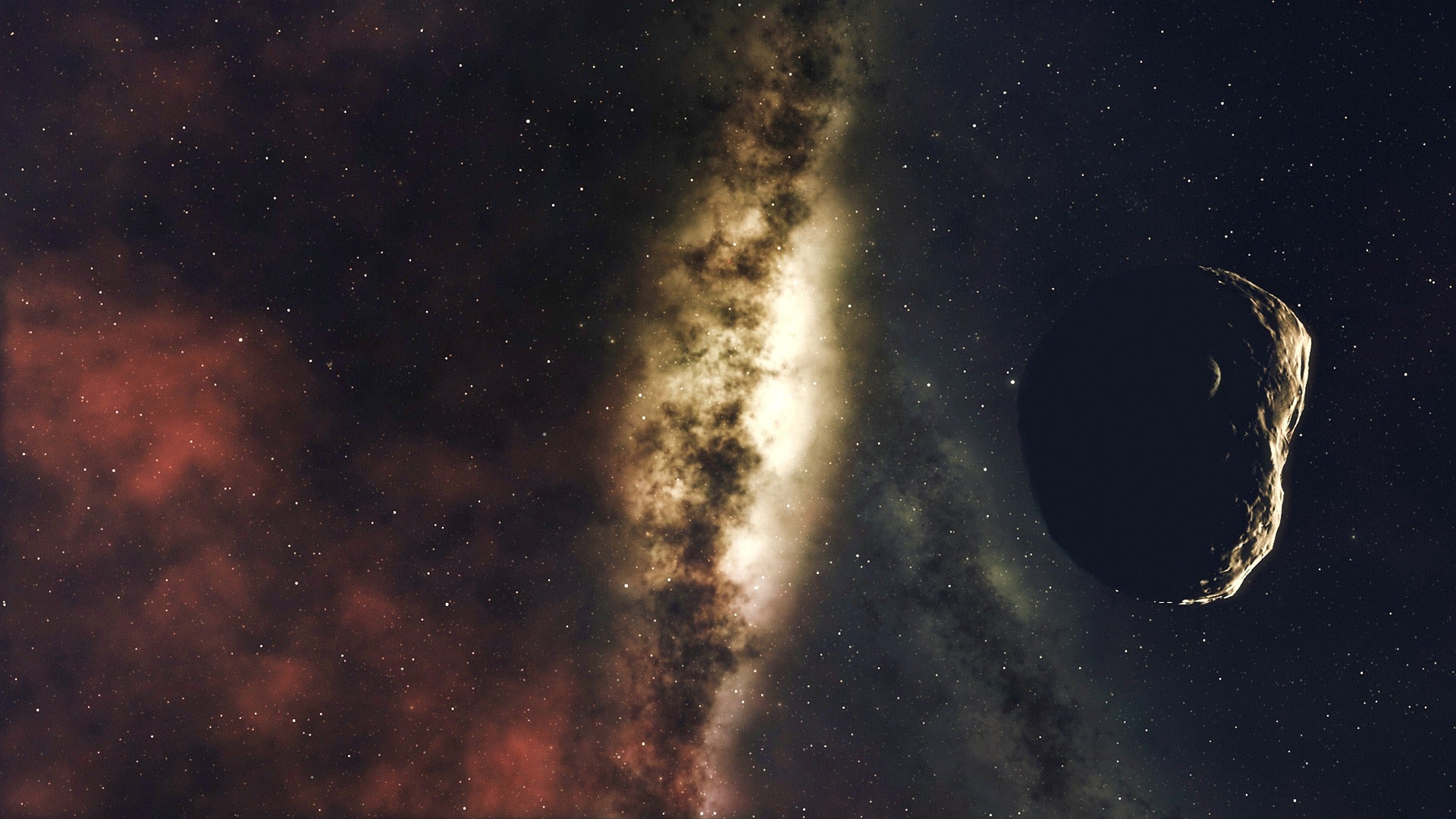Astronomers discover strange behaviour in ‘potentially hazardous’ asteroid
Phaethon appears to be spinning continually faster in a way that could affect future research – but it still ‘poses no threat to Earth’

Scientists believe that Phaethon, a “potentially hazardous” asteroid, has been exhibiting some strange behaviour in its approach to the Earth.
The asteroid appears to be spinning faster – by four milliseconds per year, making a full rotation every 3.6 hours. While this is a small change, it could impact future research.
The Japan Aerospace Exploration Agency intends to launch its DESTINY+ mission to the rock in 2024, reaching it by 2028, but an increase in spin could affect the spacecraft’s flyby.
Asteroids do not generally change their spin, with Phaethon being only the 11th known asteroid to do so – and of those, is generally larger than most with an average diameter of about 5.4 kilometers.
Phaethon was being studied using optical light curves, showing variations in its brightness as it rotates. “The predictions from the shape model did not match the data,” Arecibo planetary scientist Sean Marshall said.
“The times when the model was brightest were clearly out of sync with the times when Phaethon was actually observed to be brightest. I realized this could be explained by Phaethon’s rotation period changing slightly at some time before the 2021 observations, perhaps from comet-like activity when it was near perihelion in December 2020.”
Fortunately, the speed increase appears to be noticeable over the past 32 years, and as such can be predicted.
“This is good news for the DESTINY+ team, since a steady change means that Phaethon’s orientation at the time of the spacecraft’s flyby can be predicted accurately, so they will know which regions will be illuminated by the Sun,” Dr Marshall added.
Despite Phaethon being described as “potentially hazardous”, orbit is known very accurately, and it poses no threat to Earth for the foreseeable future. Its closest approach since its discovery occurred in December 2017, when it passed 10 million kilometers (6.4 million miles, or 27 lunar distances) from Earth.
Subscribe to Independent Premium to bookmark this article
Want to bookmark your favourite articles and stories to read or reference later? Start your Independent Premium subscription today.

Join our commenting forum
Join thought-provoking conversations, follow other Independent readers and see their replies